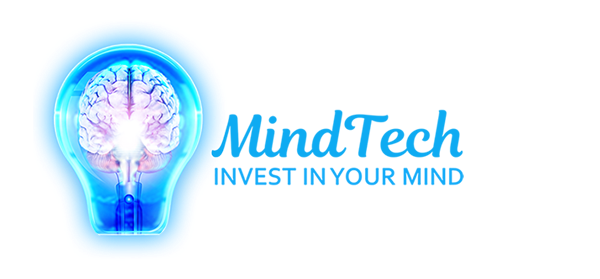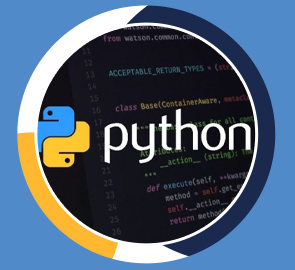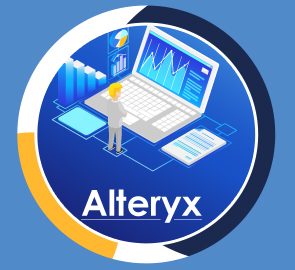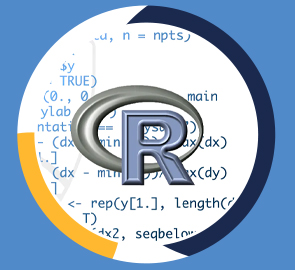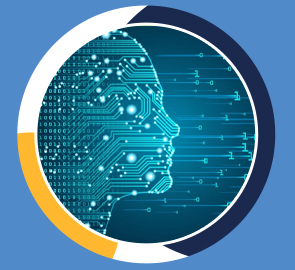Python for Data Science & Machine Learning from A-Z
Become a professional Data Scientist and learn how to use NumPy, Pandas, Machine Learning and more
What you will learn
Who should take this training
Prerequisites
- Students should have basic computer skills
- Students would benefit from having prior Python Experience but not necessary
Target audience
- Students who want to learn about Python for Data Science & Machine Learning
About this training
In this practical, hands-on course you’ll learn how to program using Python for Data Science and Machine Learning. This includes data analysis, visualization, and how to make use of that data in a practical manner.
We'll go over some of the best and most important Python libraries for data science such as NumPy, Pandas, and Matplotlib +
-
Pandas — A Python library created specifically to facilitate working with data, this is the bread and butter of a lot of Python data science work.
This Machine Learning with Python course dives into the basics of machine learning using Python. You'll learn about supervised vs. unsupervised learning, look into how statistical modeling relates to machine learning, and do a comparison of each.
Python coding experience is either required or recommended in job postings for data scientists, machine learning engineers, big data engineers, IT specialists, database developers, and much more. Adding Python coding language skills to your resume will help you in any one of these data specializations requiring mastery of statistical techniques.
Become a professional Data Scientist and learn how to use NumPy, Pandas, Machine Learning and morea professional Data Scientist and learn how to use NumPy, Pandas, Machine Learning and more.
Learn Python for Data Science & Machine Learning from A-Z
Our main objective is to give you the education not just to understand the ins and outs of the Python programming language for Data Science and Machine Learning, but also to learn exactly how to become a professional Data Scientist with Python and land your first job.
-
NumPy — A library that makes a variety of mathematical and statistical operations easier; it is also the basis for many features of the pandas library.
We understand that theory is important to build a solid foundation, we understand that theory alone isn’t going to get the job done so that’s why this course is packed with practical hands-on examples that you can follow step by step. Even if you already have some coding experience, or want to learn about the advanced features of the Python programming language, this course is for you!
Together we’re going to give you the foundational education that you need to know not just on how to write code in Python, analyze and visualize data and utilize machine learning algorithms but also how to get paid for your newly developed programming skills.
In this practical, hands-on course you’ll learn how to program using Python for Data Science and Machine Learning. This includes data analysis, visualization, and how to make use of that data in a practical manner.
We'll go over some of the best and most important Python libraries for data science such as NumPy, Pandas, and Matplotlib +
This Machine Learning with Python course dives into the basics of machine learning using Python. You'll learn about supervised vs. unsupervised learning, look into how statistical modeling relates to machine learning, and do a comparison of each.
Python coding experience is either required or recommended in job postings for data scientists, machine learning engineers, big data engineers, IT specialists, database developers, and much more. Adding Python coding language skills to your resume will help you in any one of these data specializations requiring mastery of statistical techniques.
NumPy and Pandas are great for exploring and playing with data. Matplotlib is a data visualization library that makes graphs as you’d find in Excel or Google Sheets. Blending practical work with solid theoretical training, we take you from the basics of Python Programming for Data Science to mastery.
-
-
Pandas — A Python library created specifically to facilitate working with data, this is the bread and butter of a lot of Python data science work.
-
Together we’re going to give you the foundational education that you need to know not just on how to write code in Python, analyze and visualize data and utilize machine learning algorithms but also how to get paid for your newly developed programming skills.
Training options
Coaching
$ 520
- 10 Hours of Individual Coaching
Coaching
$
1040
$ 962
- 20 Hours of Individual Coaching
Coaching
$
1560
$ 1404
- 30 Hours of Individual Coaching
